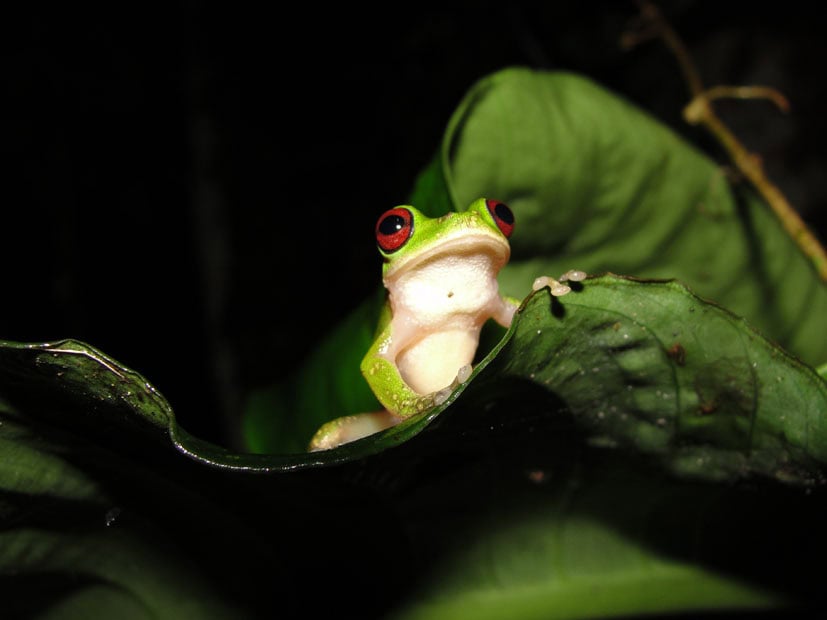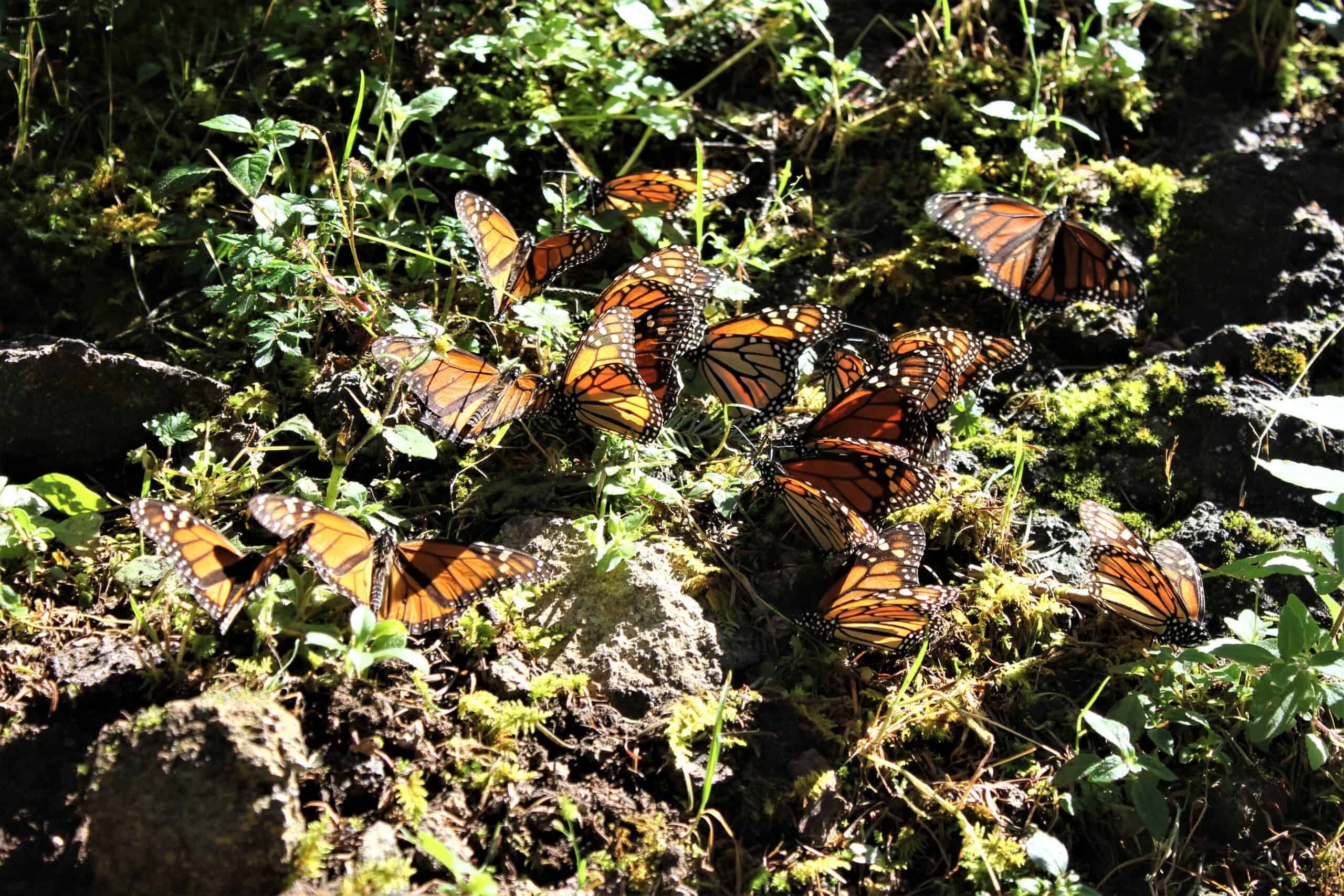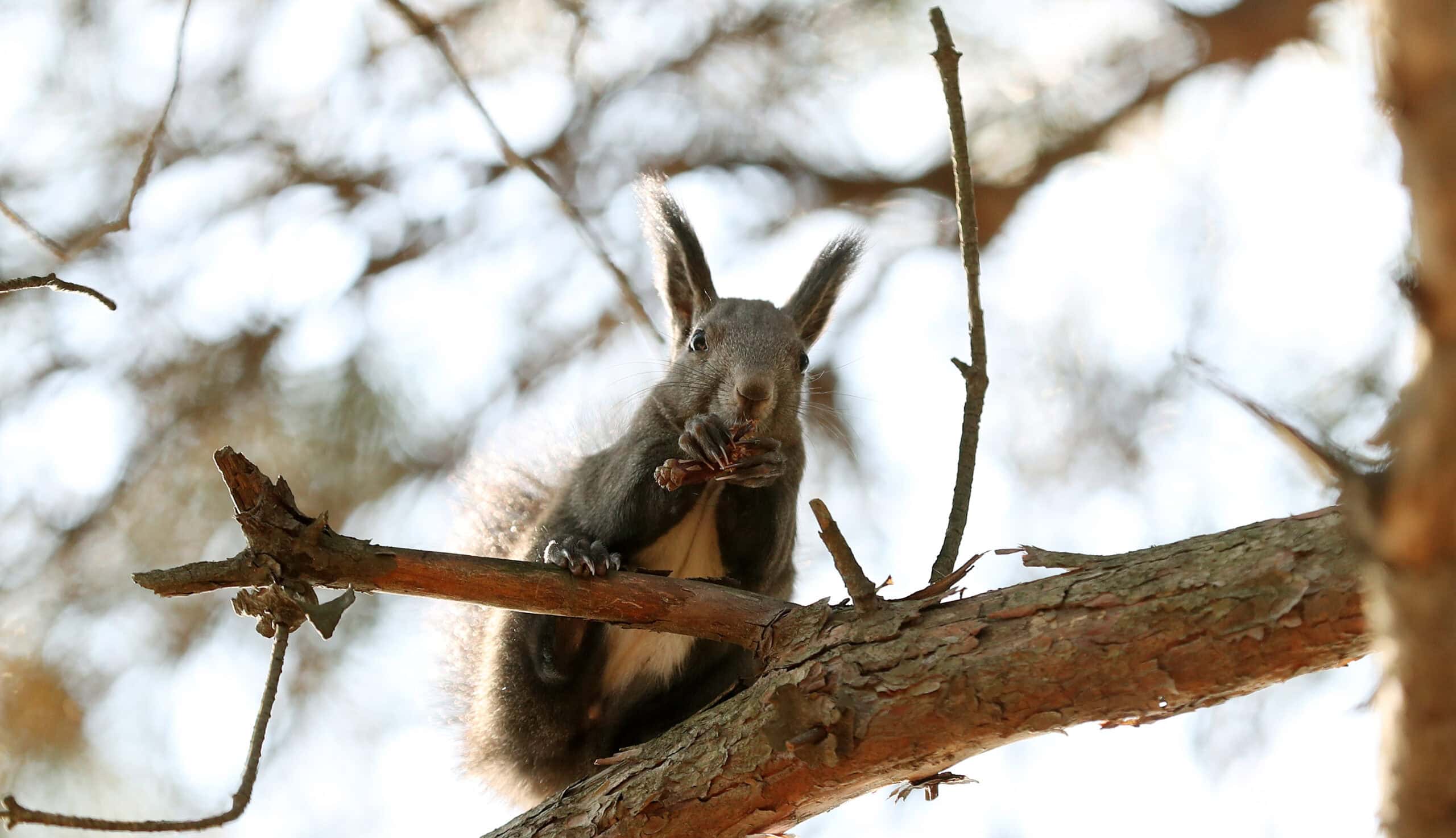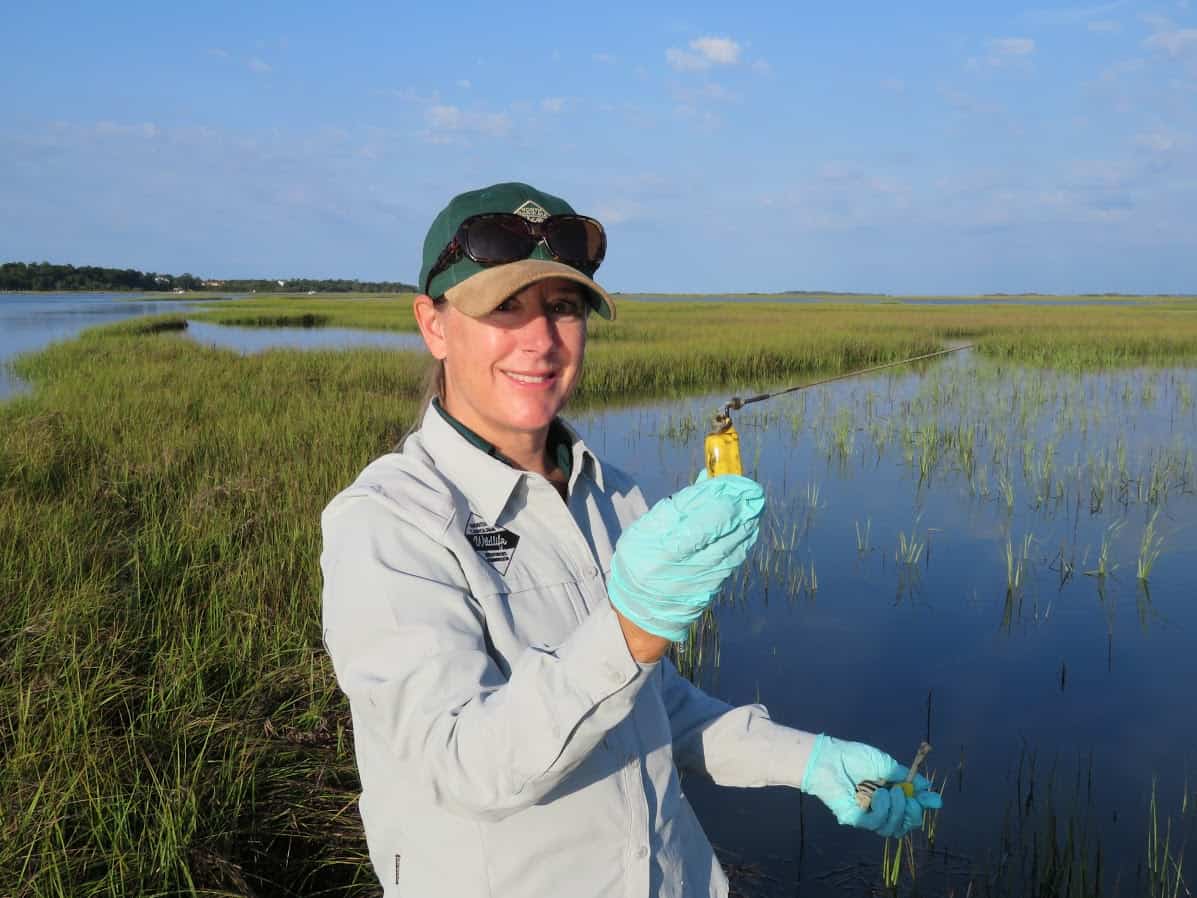Share this article
Wildlife Featured in this article
- Zoque treefrog
- Great peeping frog
Endemic Mexican amphibians face high pressure from humans
Analysis reveals where conservation dollars might be best spent
Amphibians endemic to Mexico face a high degree of pressure from human sources, according to new research.
A country-wide analysis revealed places where conservation dollars might work best for the amphibians.
“The efforts should be driven by the species we want to conserve,” said Leticia Ochoa Ochoa, a professor of biology at the Autonomous National University of Mexico (UNAM).
In a study published recently in Animal Conservation, Ochoa Ochoa and her colleagues conducted species assessments of 124 amphibians endemic to Mexico. Using sources like the International Union for Conservation of Nature (IUCN), they figured out the known and predicted distributions of these amphibians as well as threats they likely faced. The team also looked at the degree of connectivity between populations.
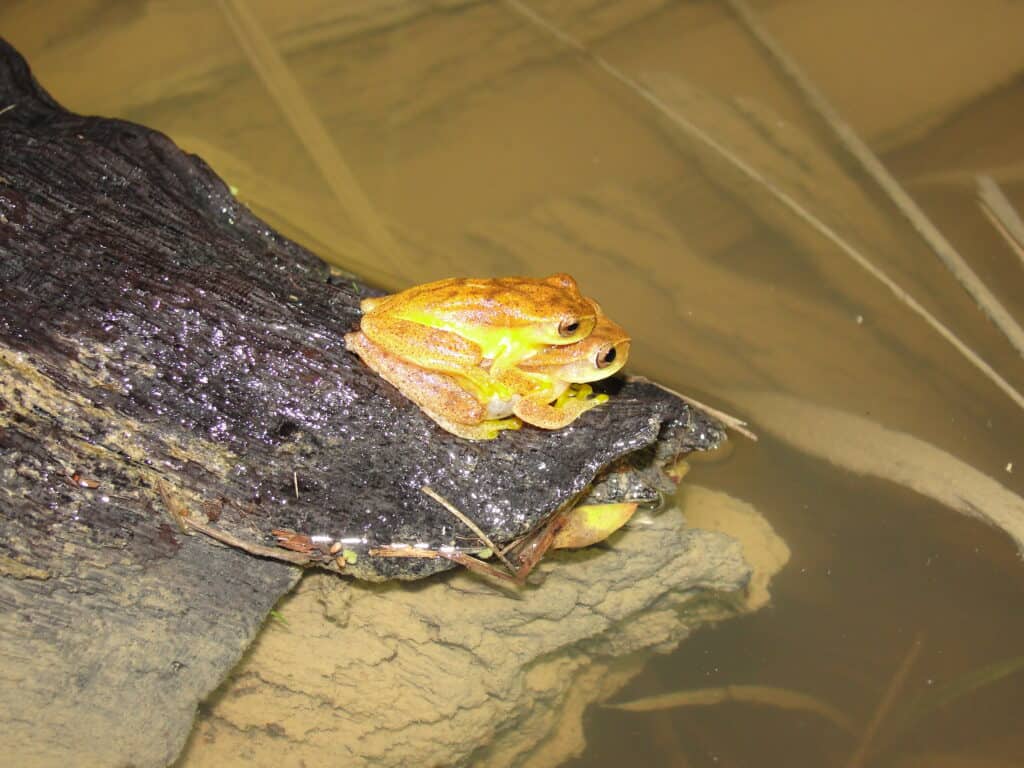
They found a high level of anthropogenic effects, including conversion of land for livestock, agriculture, roads, mines, urban expansion and pollution. Endemic amphibians had an average habitat loss of 83% to anthropogenic effects. Ambystoma salamanders faced the largest distribution loss. “Large ambystomatids’ reproductive habits and presence in an area depend on a high level of conserved habitat; therefore, the presence of anthropic threats will have a greater impact on its suitability levels,” the authors wrote in the paper.
“There’s a strong belief that all anthropogenic activities are bad for amphibians,” Ochoa Ochoa said. And while this was often true in their research, not all impacts they found were equally bad. In reality, the level of impact from threats depended on species traits. Creatures such as cane toads (Rhinella horribilis), common Mexican treefrogs (Smilisca baudinii) or painted treefrogs (Tlalocohyla picta) survive well in agricultural or livestock settings, or even in small towns, for example.
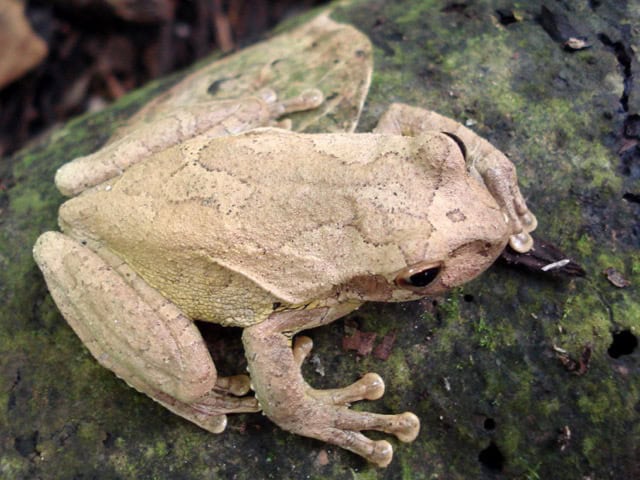
The analysis also revealed that conservation for some species, like the great peeping frog (Eleutherodactylus grandis), which lives around the UNAM campus and is considered endangered by the IUCN, could be extremely difficult.
“The chances for surviving in this species are very slim,” Ochoa Ochoa said. “There is no genetic exchange with other populations because they are very isolated.” Since the university is still growing, new buildings are sometimes built in the species’ habitat.
Meanwhile, the zoque treefrog (Quilticohyla zoque), which the IUCN also considers endangered, has a wider distribution, and their populations appeared to be doing fine in many areas, even if those areas were unprotected. Ochoa Ochoa said that it would be relatively easy to protect the species by conserving some of their range where they already live.
“We should choose our battles because we don’t have a lot of money,” she said.
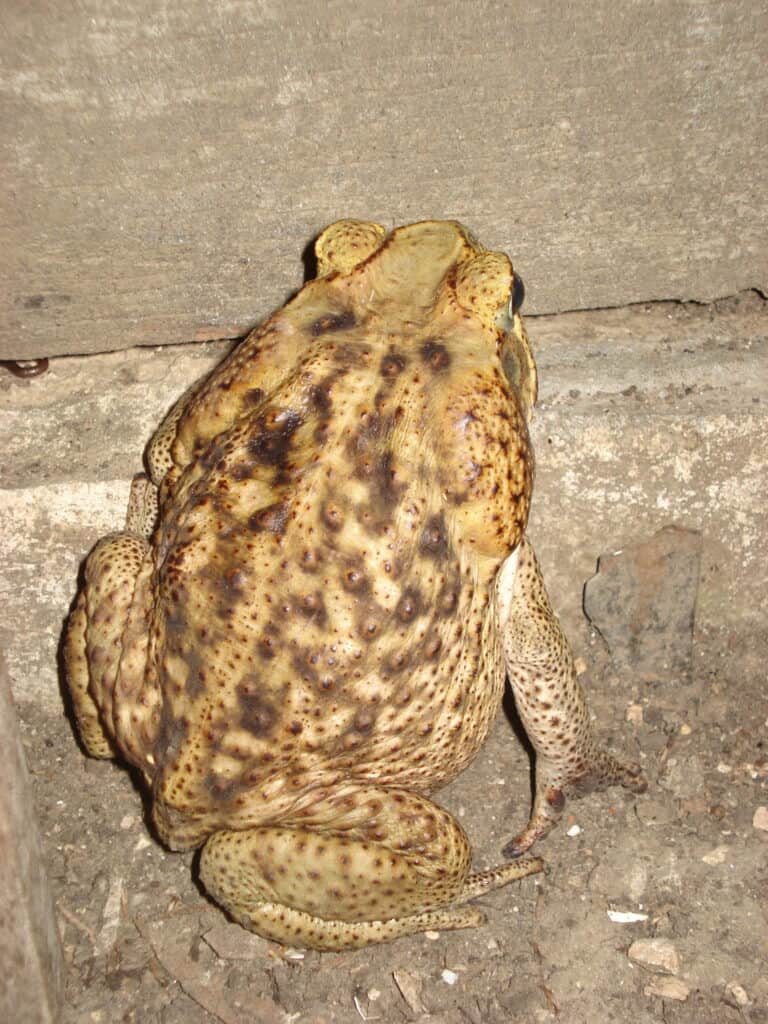
The results of the study weren’t all bad news, though. Ochoa Ochoa and her colleagues found that small frogs that live in trees and reproduce in water weren’t as affected by human threats. Small to medium-sized frogs that developed or laid eggs in water didn’t do too badly either.
Header Image: The zoque treefrog may be relatively easy to conserve with limited funds. Credit: Leticia Ochoa Ochoa



